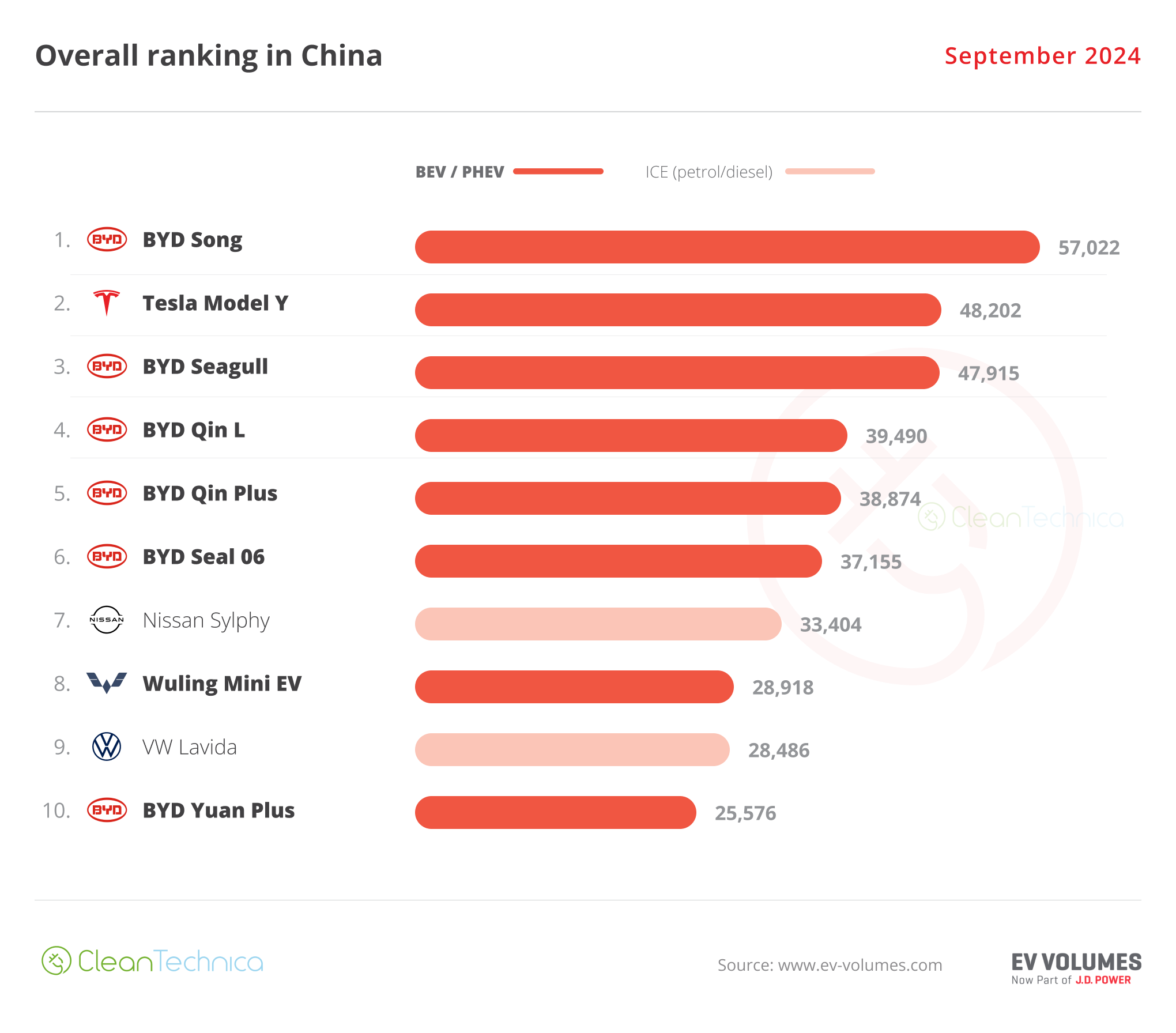Monash University has developed a new smaller, lighter lithium-sulphur battery design that reduces the amount of lithium required.
As well as reducing lithium consumption, the new design does not require nickel or cobalt, has more energy per unit volume, lasts longer and will be half the price of lithium-ion batteries.
PhD student Declan McNamara, an author of the paper describing the new battery, said its thin polymer coating acts as a scaffold for lithium, helping it charge and discharge repeatedly, significantly improving the number of times it can be cycled.
“The polymer contains tiny holes less than a nanometre in size – one billionth of a metre – which allow lithium ions to move freely while blocking other chemicals that would attack the lithium,” he said.
“This coating is a step towards highly efficient, easily manufactured lithium-sulphur batteries.”
Monash professor Matthew Hill said the technology is primed to make an impact in the renewables space.
“The market for electric vehicles, drones and electronic devices is on a steep growth pattern and this research is commercially ready for manufacturing to support that growth,” he said.
“Producing more economical and environmentally sensitive battery options in Australia would be a great use of this technology, and we look forward to working with commercial partners to develop and manufacture this technology.”
As the demand for critical minerals grow in the face of net-zero targets, production and infrastructure projects are ramping up across the country.
The Northern Territory will soon be home to a new lithium ferro phosphate (LFP) battery cathode manufacturing facility at the Middle Arm Sustainable Development Precinct in Darwin.
The first commercial-scale facility in Australia, the facility will be designed to deliver 30,000 tonnes per annum of LFP powder, which can be used in electric vehicles and energy storage batteries.




